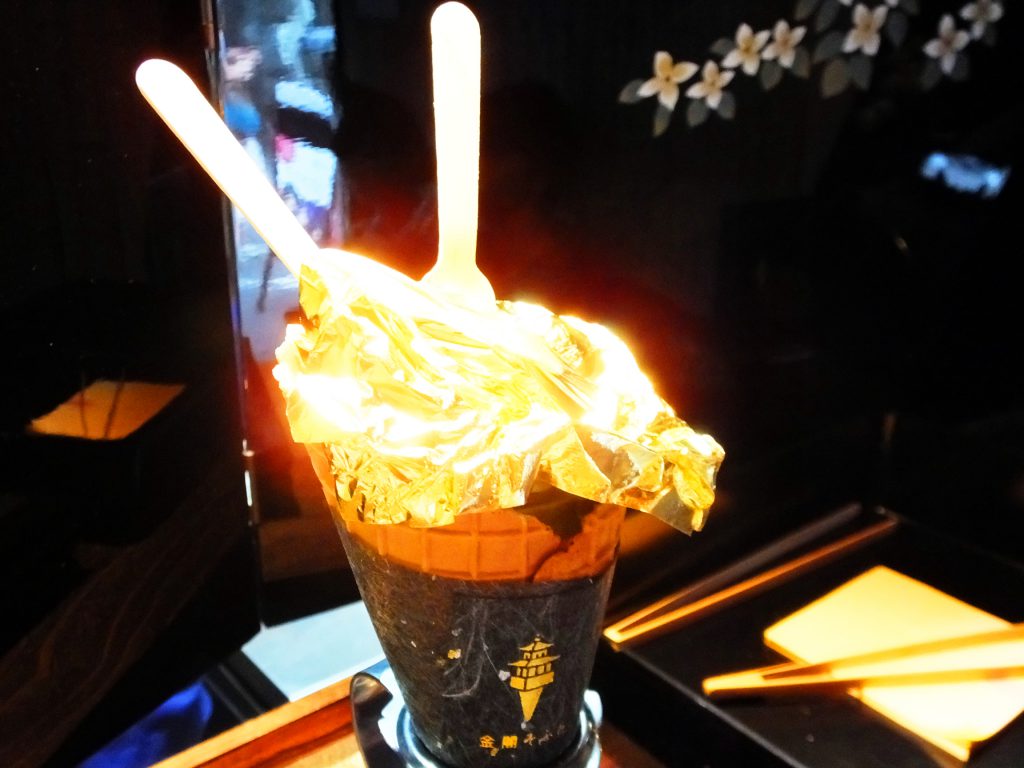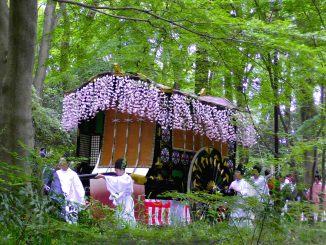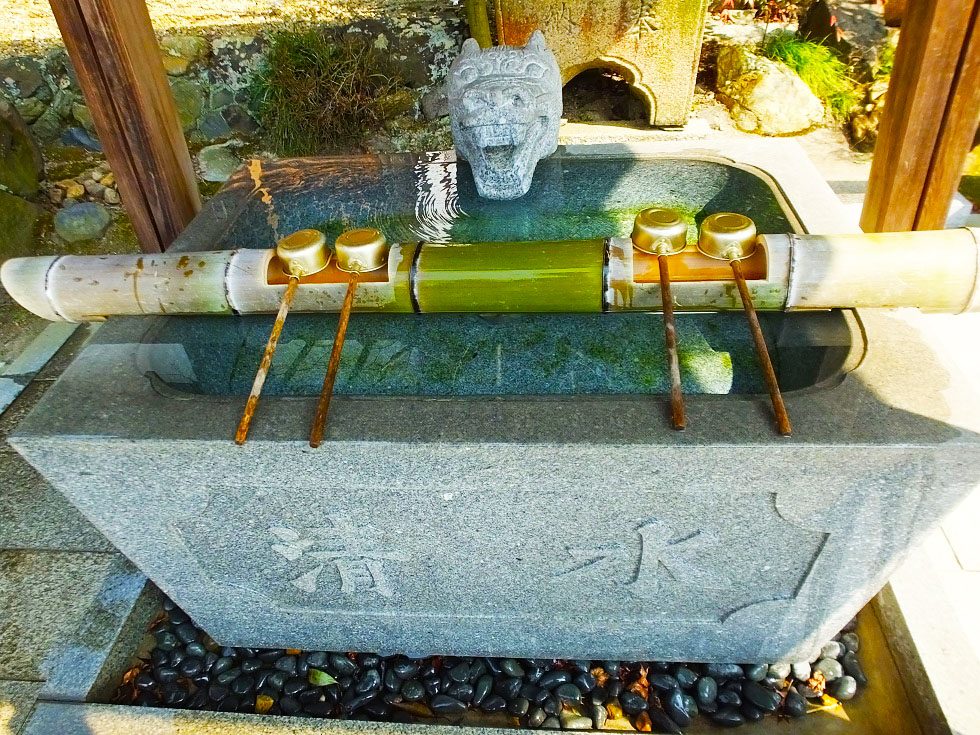Buildings of the Temple and Eisai
I went to Kennin-ji Temple. As I strolled in the temple, I saw many excellent buildings. I thought the honbo was very beautiful. Honbo is a place where priests live. You can go into the honbo, an adjacent building (hojo) and a splendid hall (hatto). The adult admission is 500 yen all together.

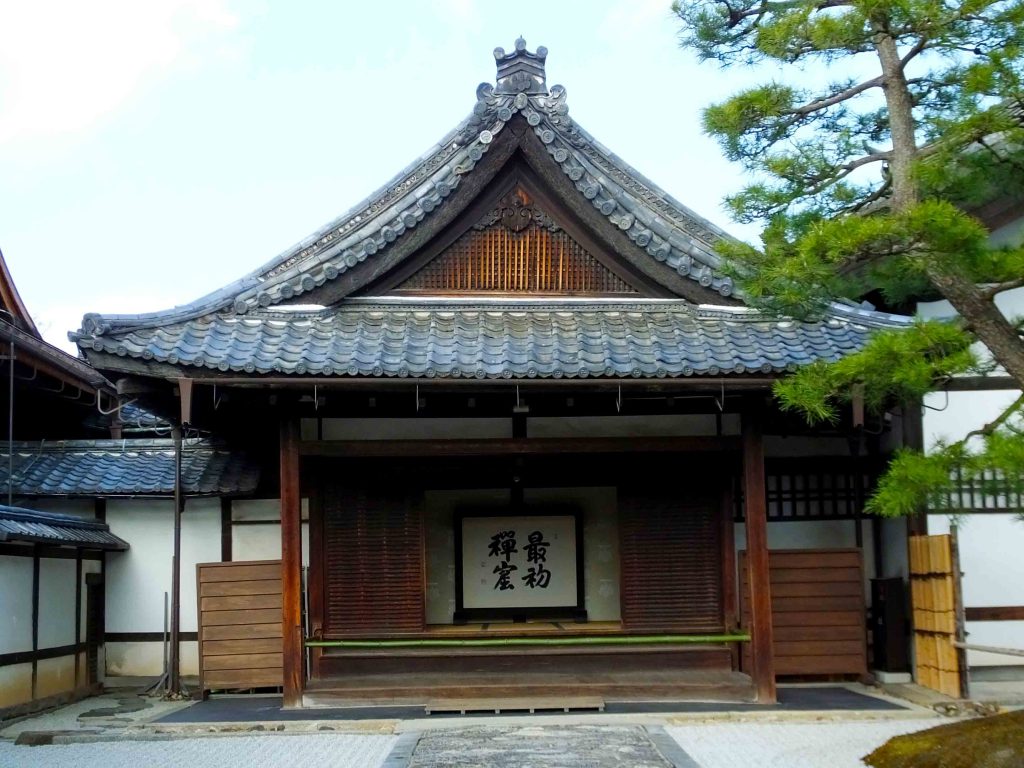
Soon after entering the honbo, I found a fine work of calligraphy. These words mean ‘Our mind is free and generous in itself.’ (Japanese: ‘Oinaru-kana-shin-ya.’) What is important is not only learning a lot, but valuing your mind and how you live. It is what the founder of this temple, Eisai (sometimes called Yosai) said. I was very impressed.
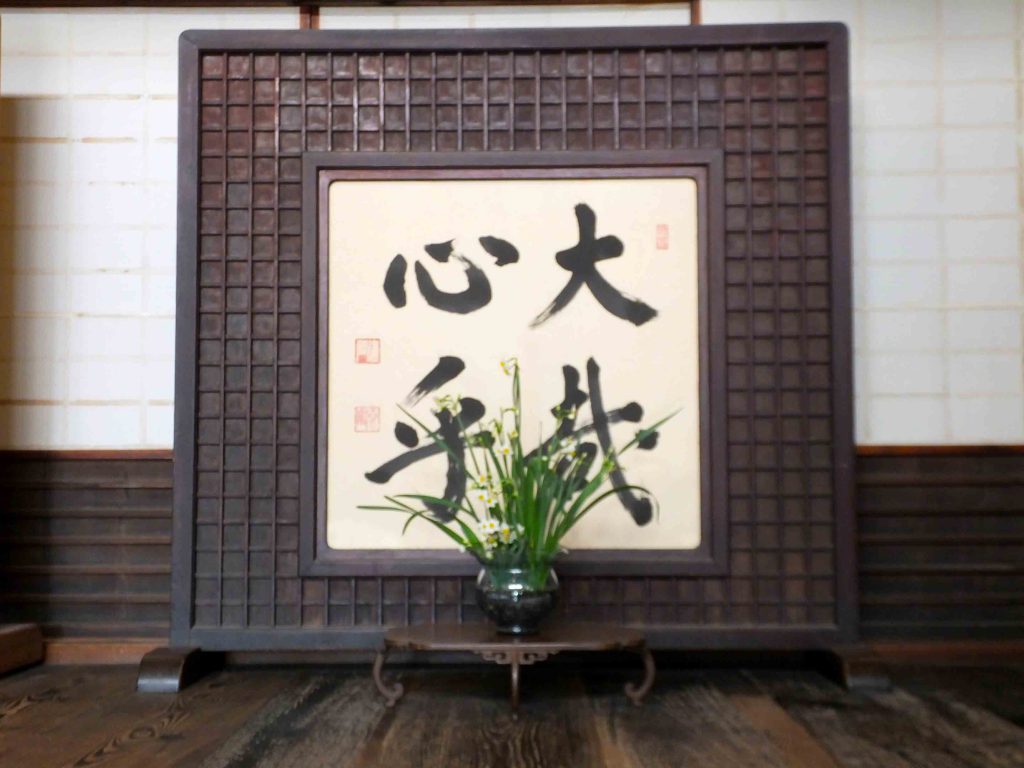
I found Eisai on a hanging scroll in the temple. When I was a student, I learned about him at school. He is well known for bringing Zen Buddhism and the tradition of drinking green tea from China to Japan. Before that, green tea had been drunk only by the upper class. Eisai encouraged the cultivation and consumption of green tea in Japan. Now I enjoy green tea thanks to him!
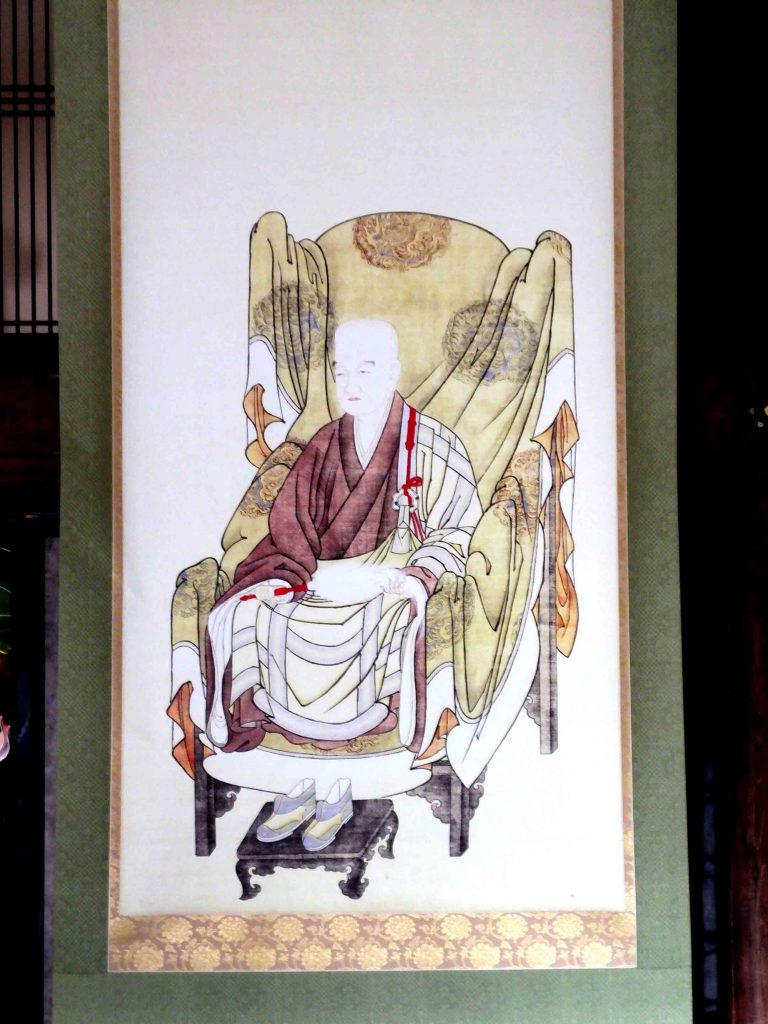
What to See at the Honbo
You can see a circle, triangle and square on a hanging scroll. The three shapes symbolize the universe. There is Circle Triangle Square Garden near the hanging scroll. The pattern of the gravel is a circle, and the well is a square. It is very difficult to find a triangle! Can you see a faint diagonal line on the left back? What looks like a shadow of the pole is actually one side of a triangle.
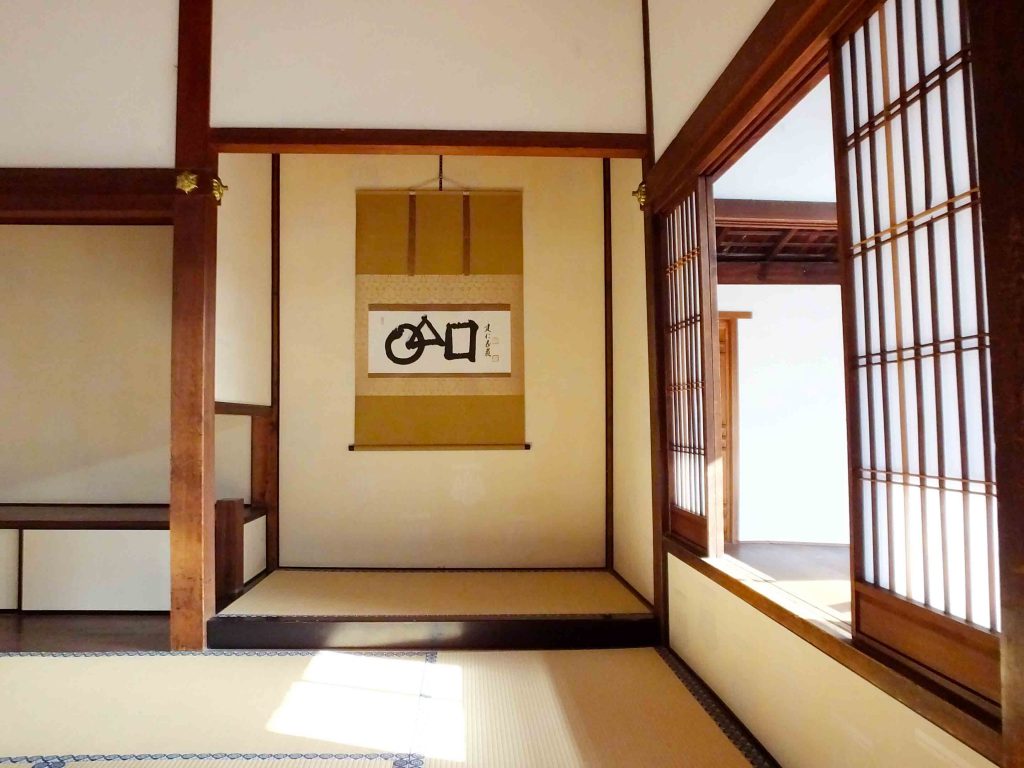
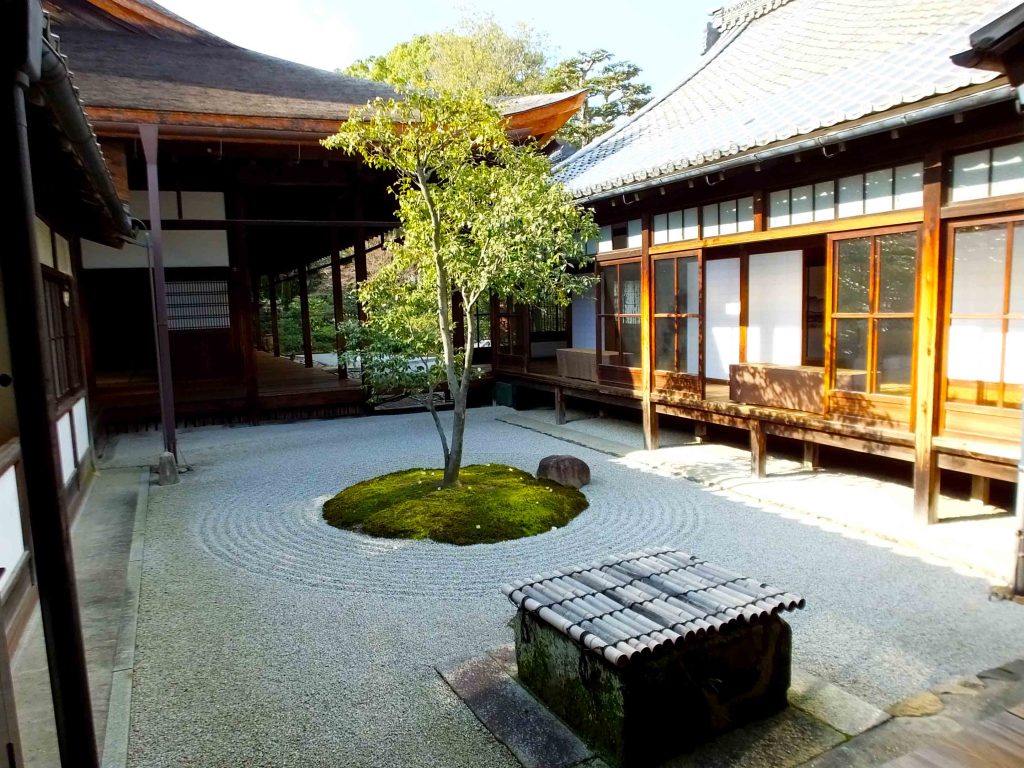
Suddenly, a vivid blue dyeing art on fusuma sliding doors caught my eye. They are dyed in a traditional Japanese way by a Japanese dyeing artist, Toba Mika. How beautiful! Moreover, another work on a hanging scroll matches the room, and another one in black and white made me feel relaxed. They are fantastic.
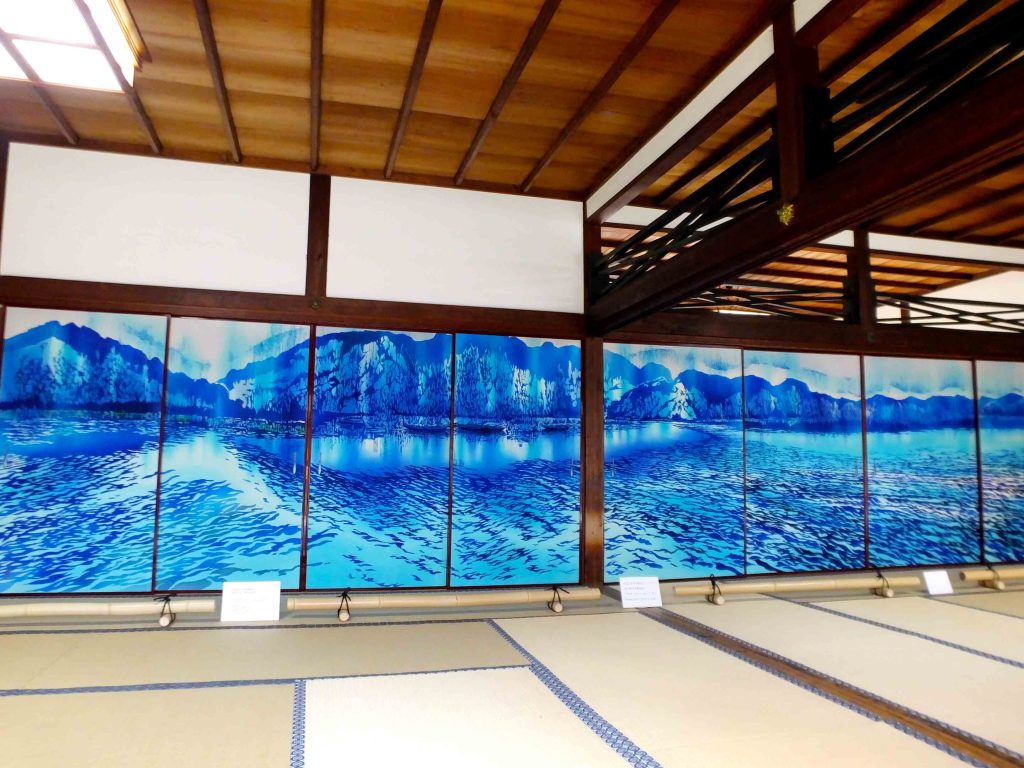
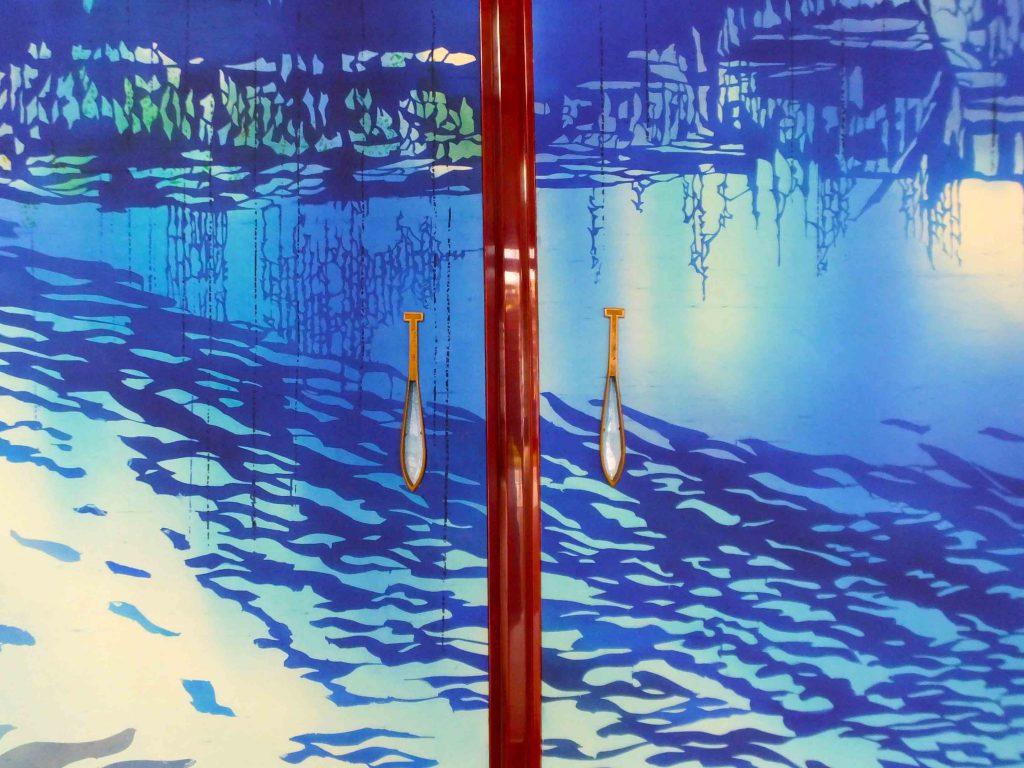
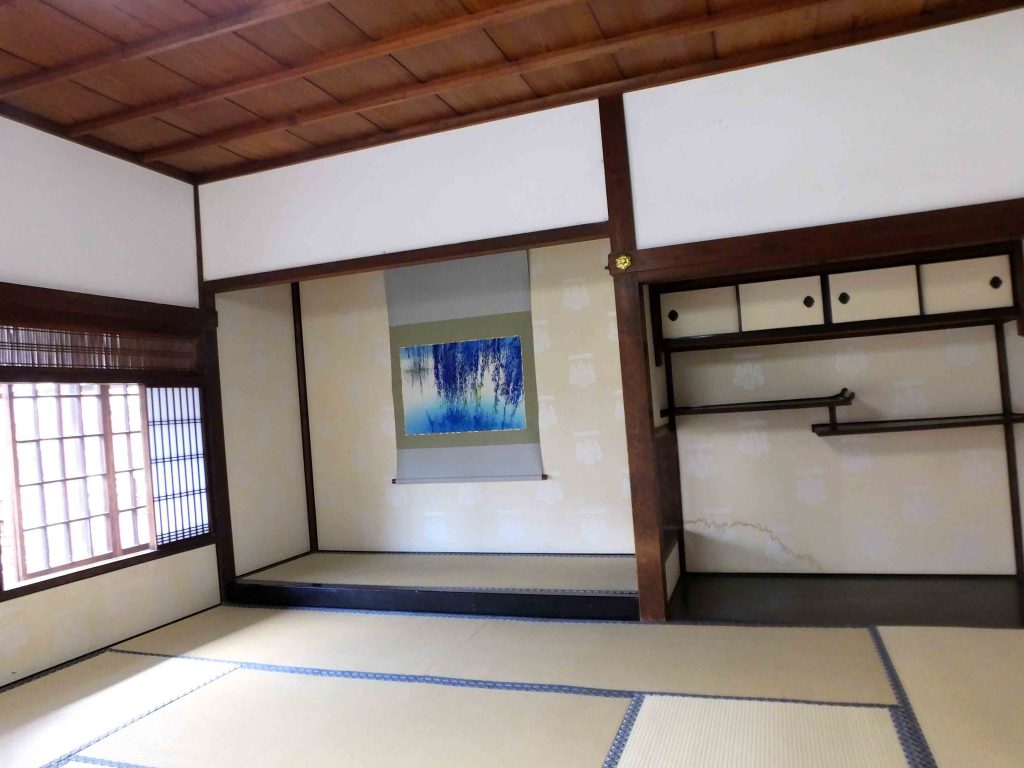
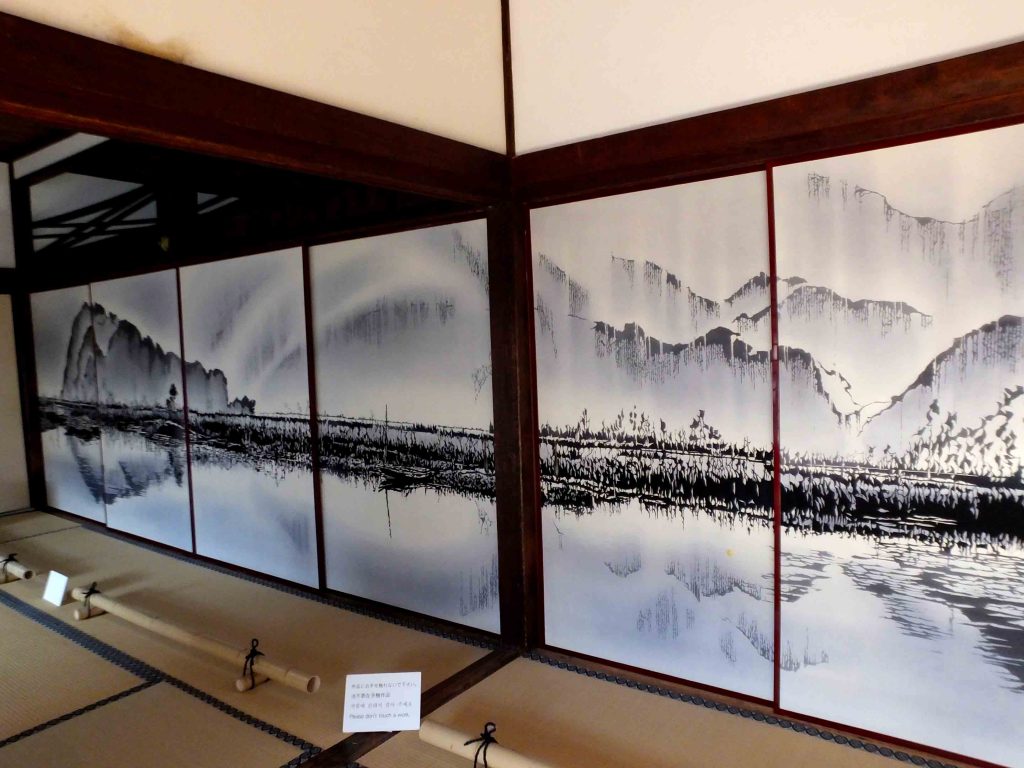
There are so many more to see at the honbo. Everything is simple and sophisticated. I had a valuable time there.
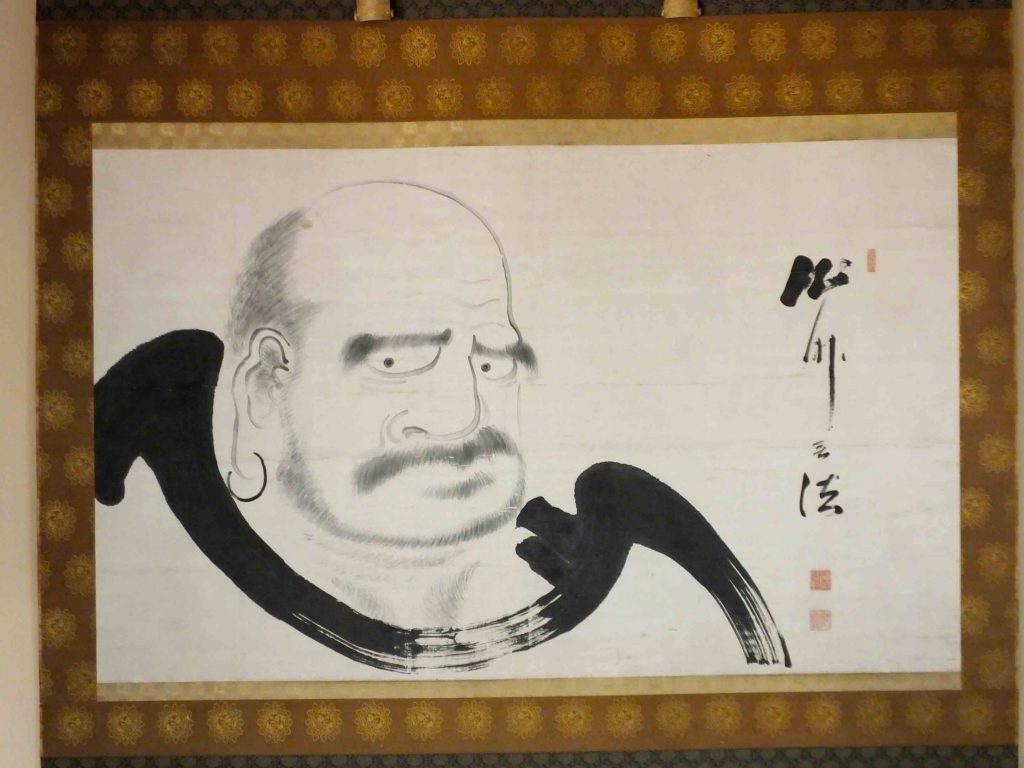
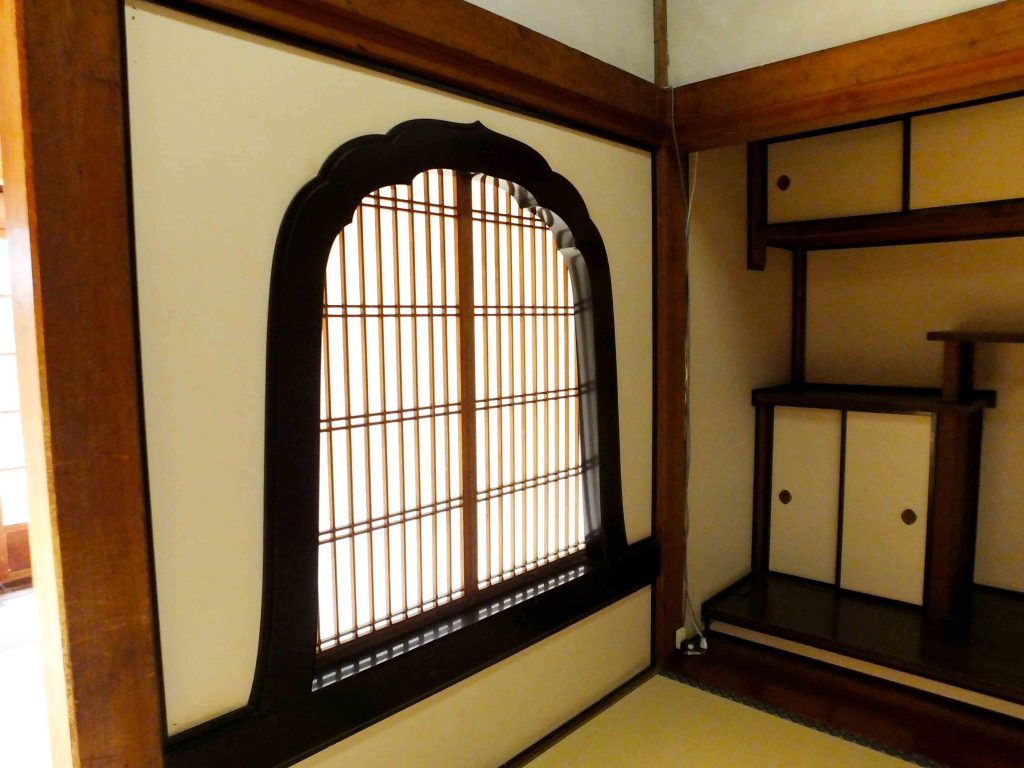
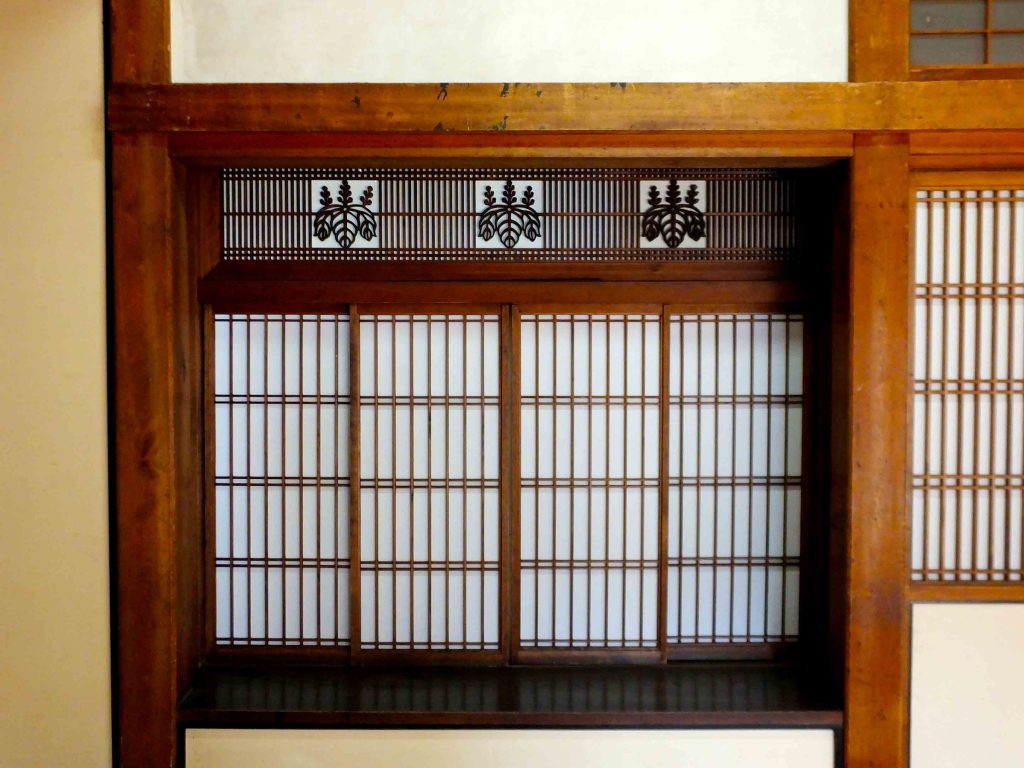
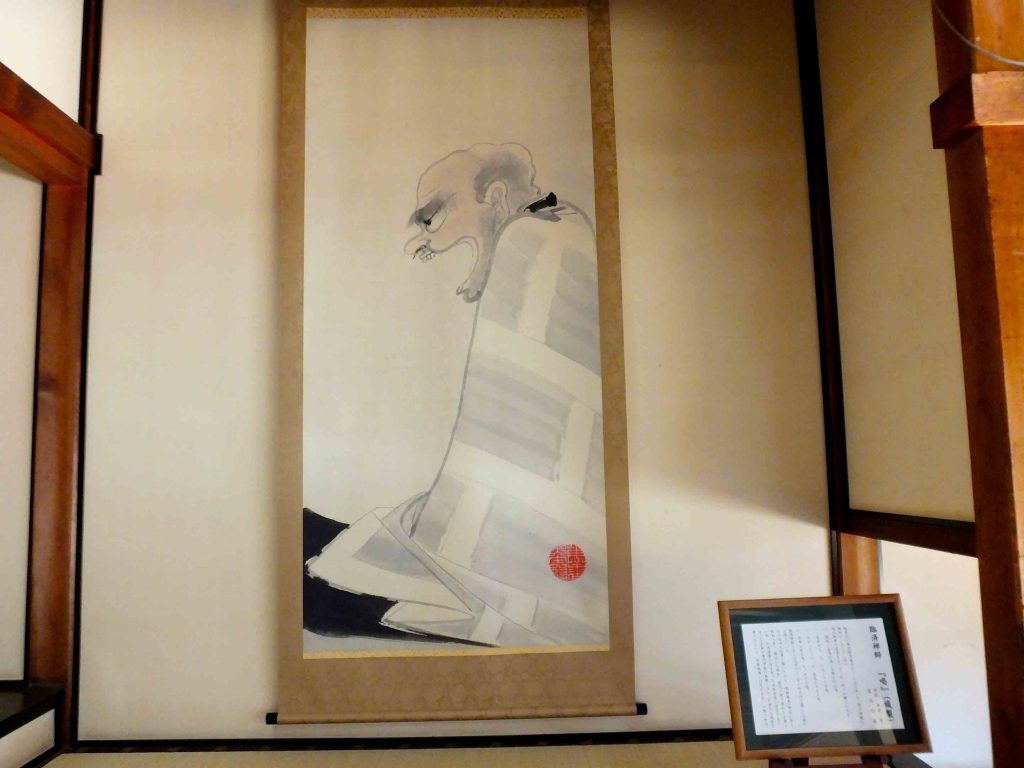
Relax and Enjoy Yourself
Time passes slowly in the temple. What you see there will make you feel good and relaxed. According to Zen teachings, to live simply is to live in luxury. As I was sitting down and doing nothing there, I felt myself and understood it a little.
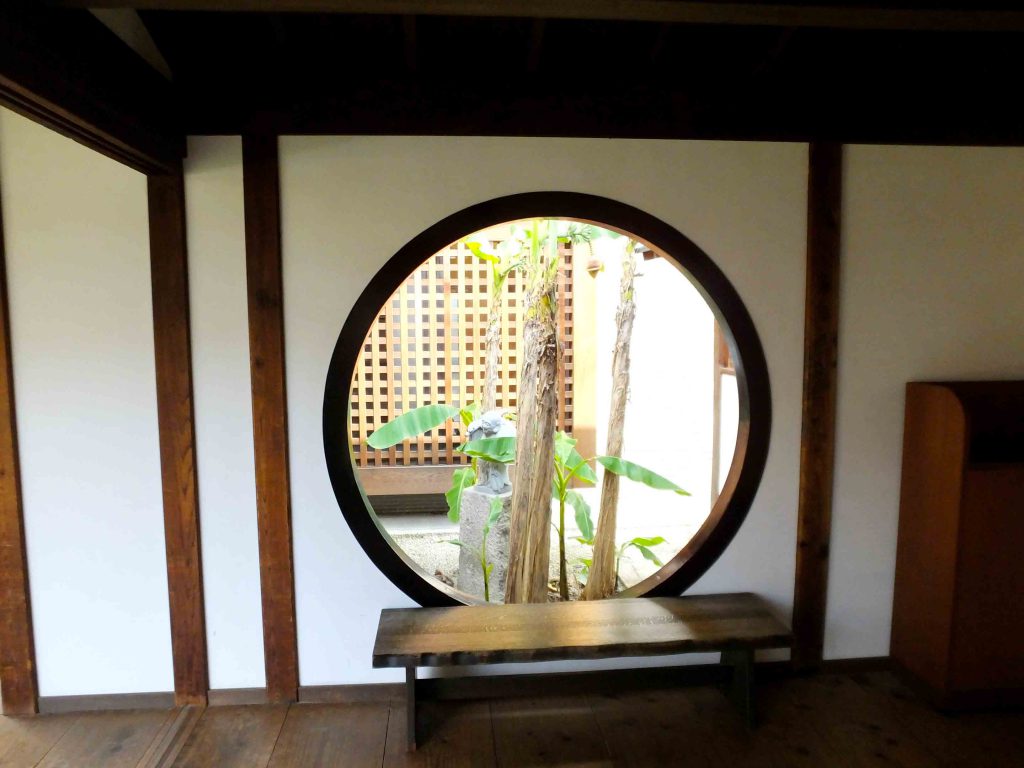
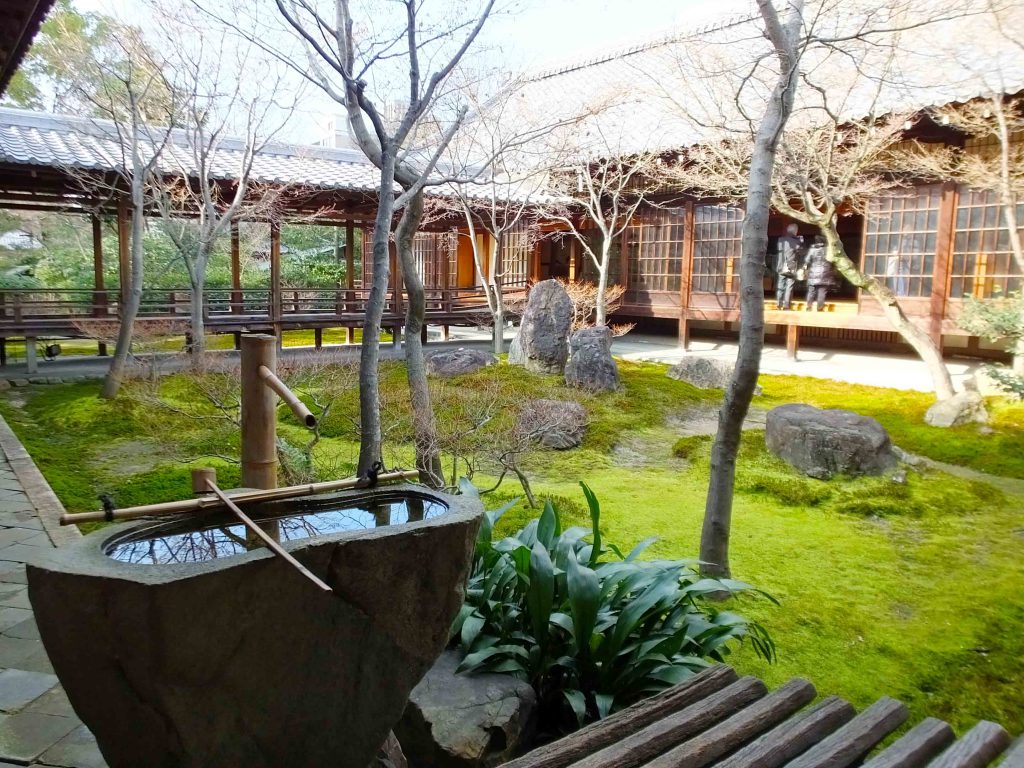
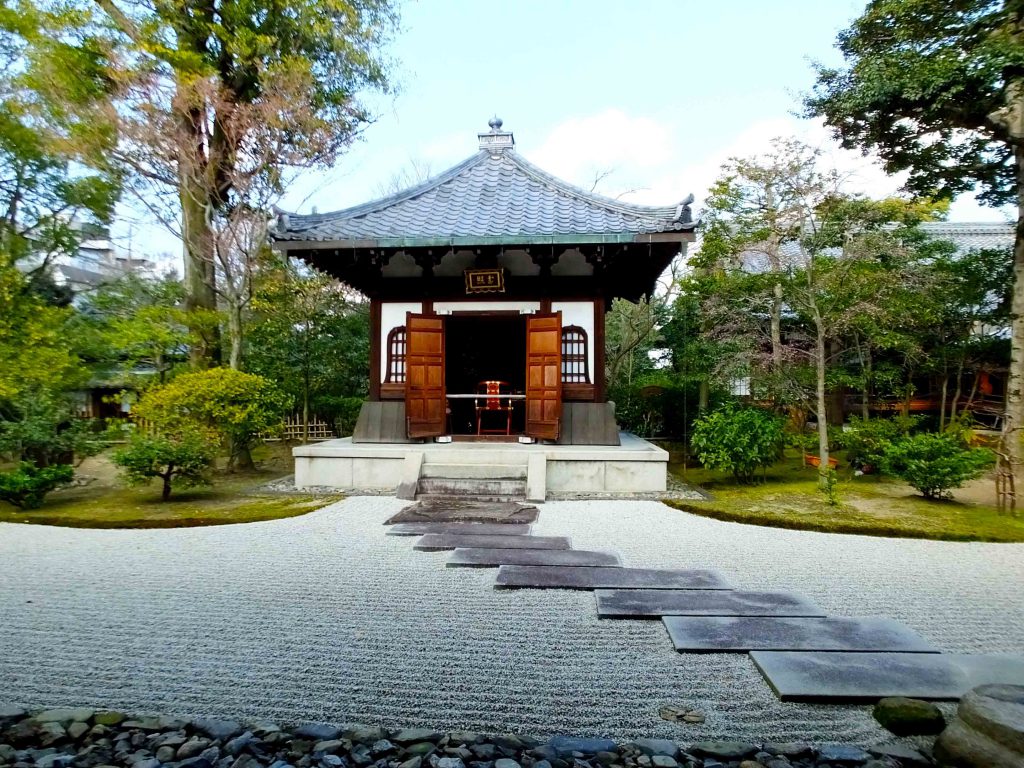
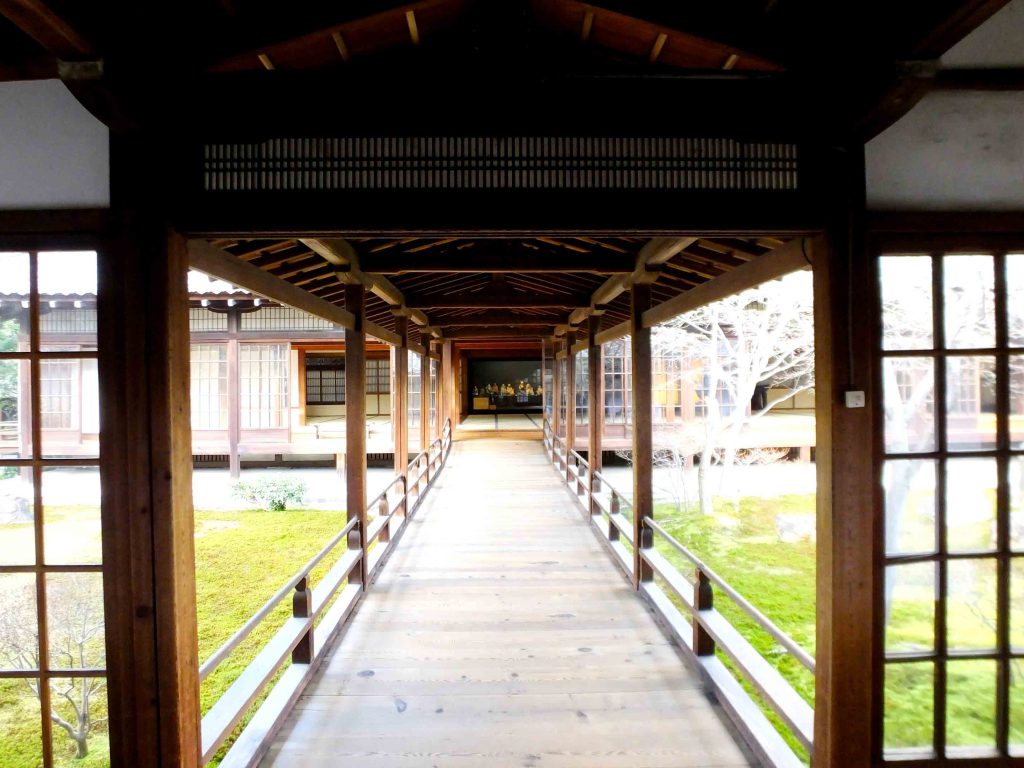
In front of the hojo, there is a large Japanese rock garden called Daio-en. Inspired by Mt. Hyakujo (also called Mt. Daio) in China, it depicts the mountain and the sea of clouds. At the porch of the hojo, many people were sitting down to enjoy the peaceful view.
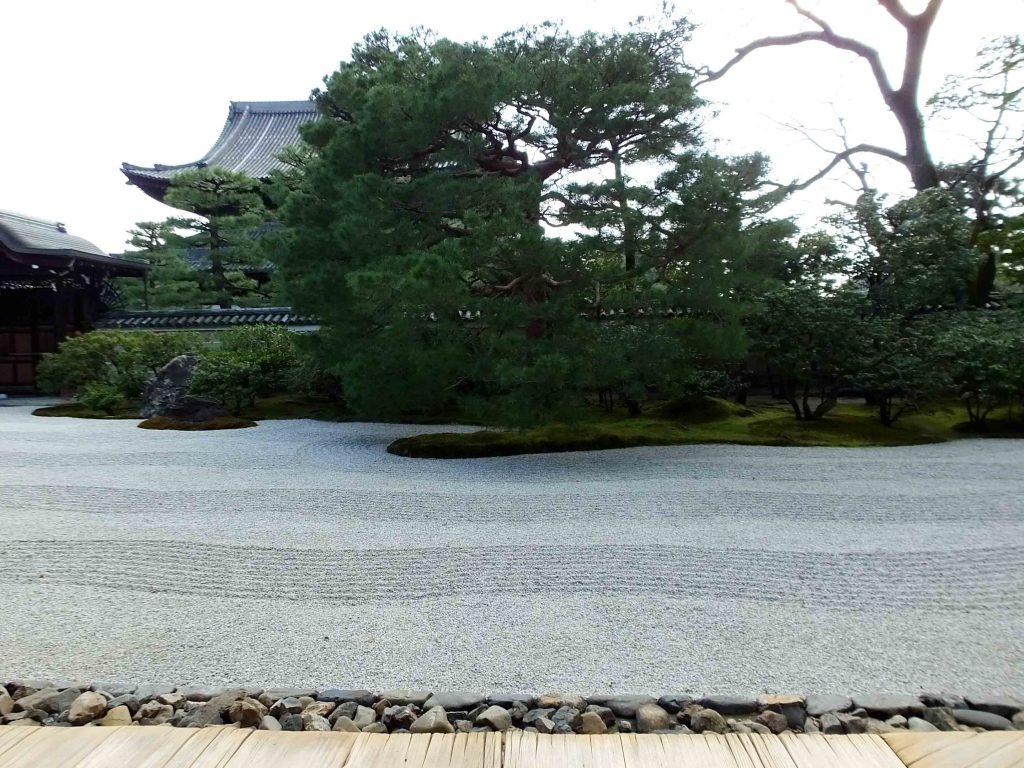
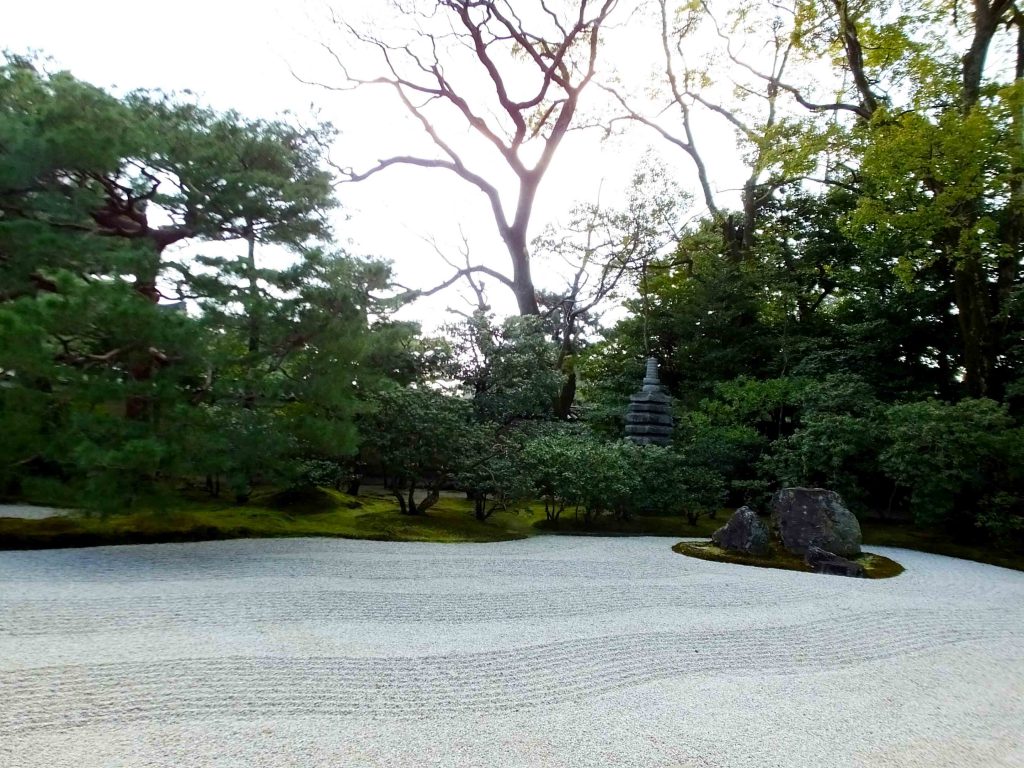
Various Fusuma Paintings and ‘Wind God and Thunder God Screens’
It was fun to see the rooms of the hojo because there are various fusuma paintings. Most of them are made by Kaiho Yusho, who is renowned as a painter from the Azuchi-Momoyama Period (1573-1603) to the Edo Period (1603-1868). The painting of playing children is made by Tamura Soryu. Most of the original paintings are now in Kyoto National Museum for preservation.
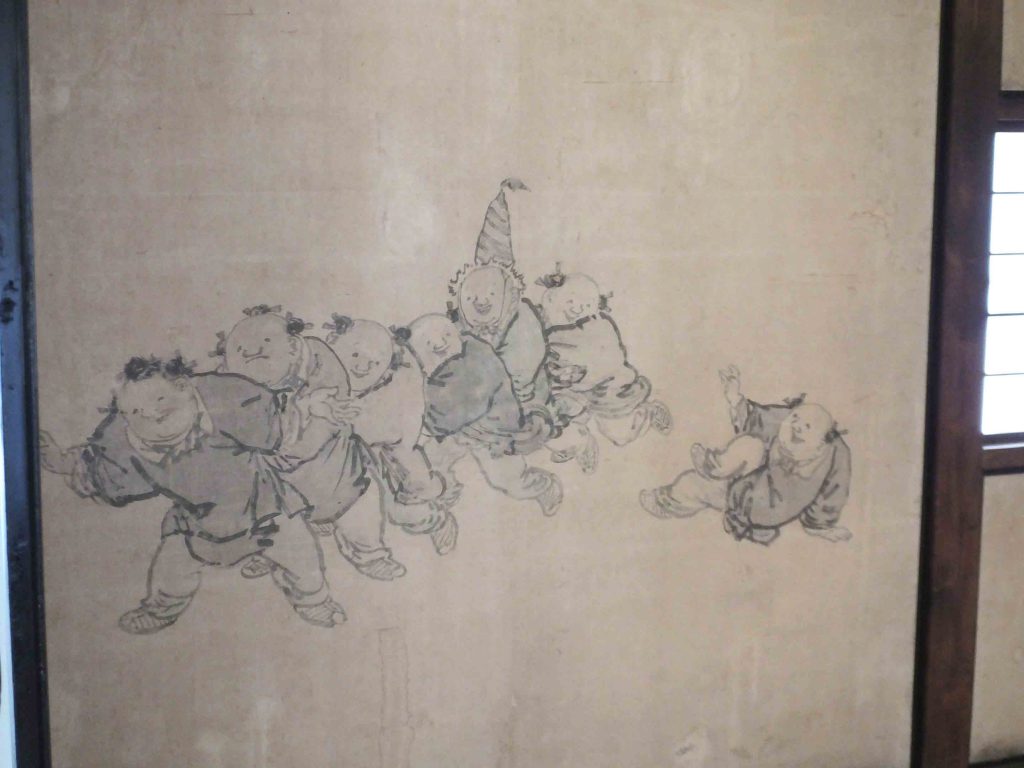
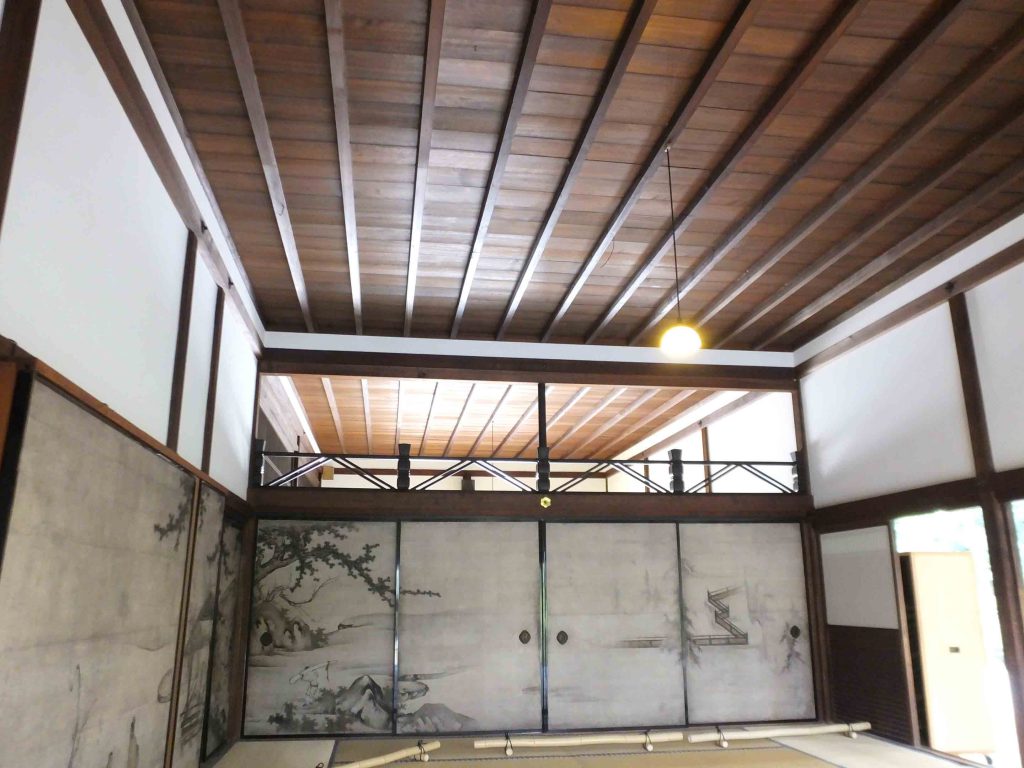
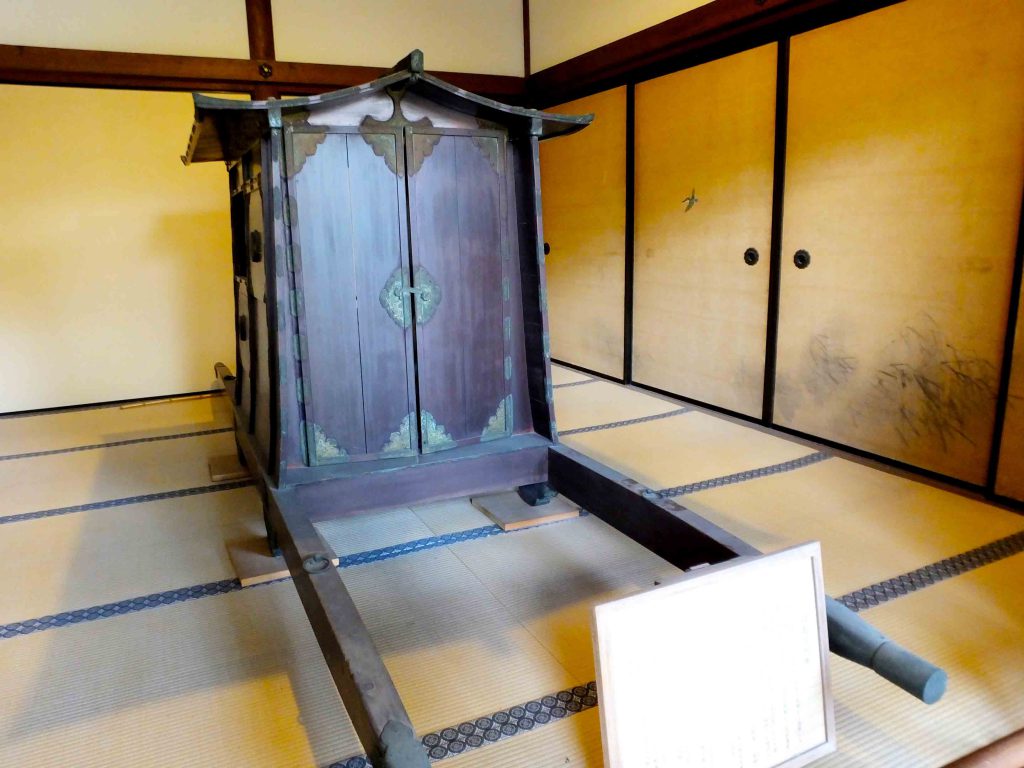
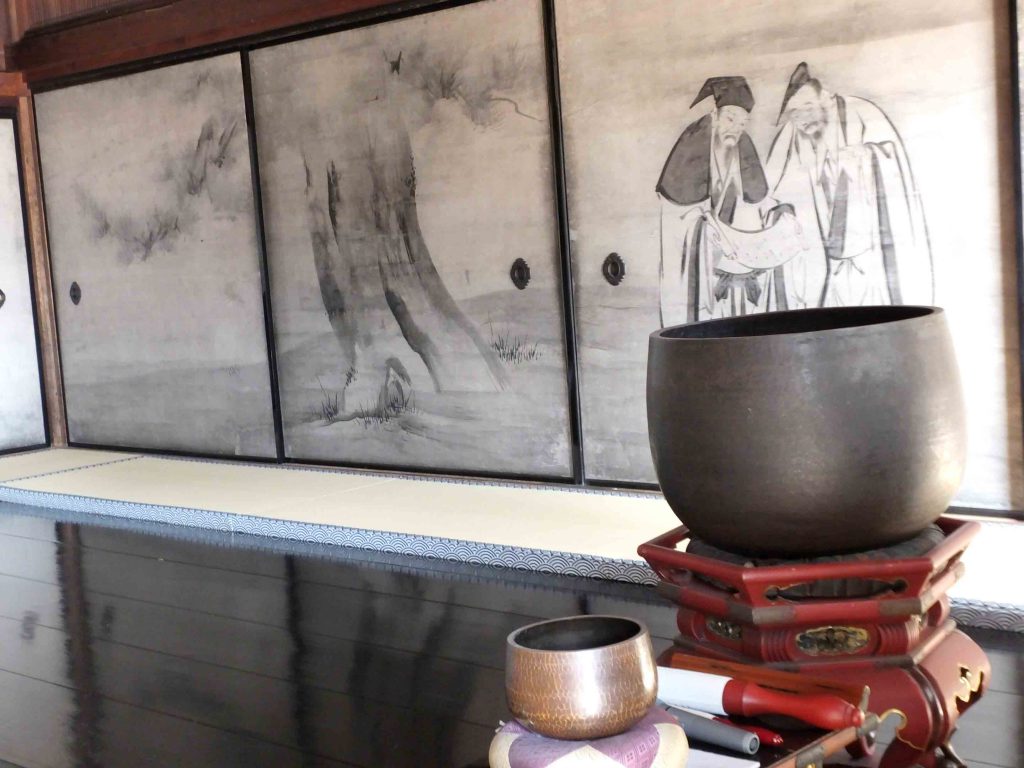
The painting depicting dragons and clouds is amazing. As well as many other paintings in the temple, this is painted by Kaiho Yusho, and the original one is in Kyoto National Museum. It is surprising that the dynamic art can dramatically change the relaxing ambience of the room.
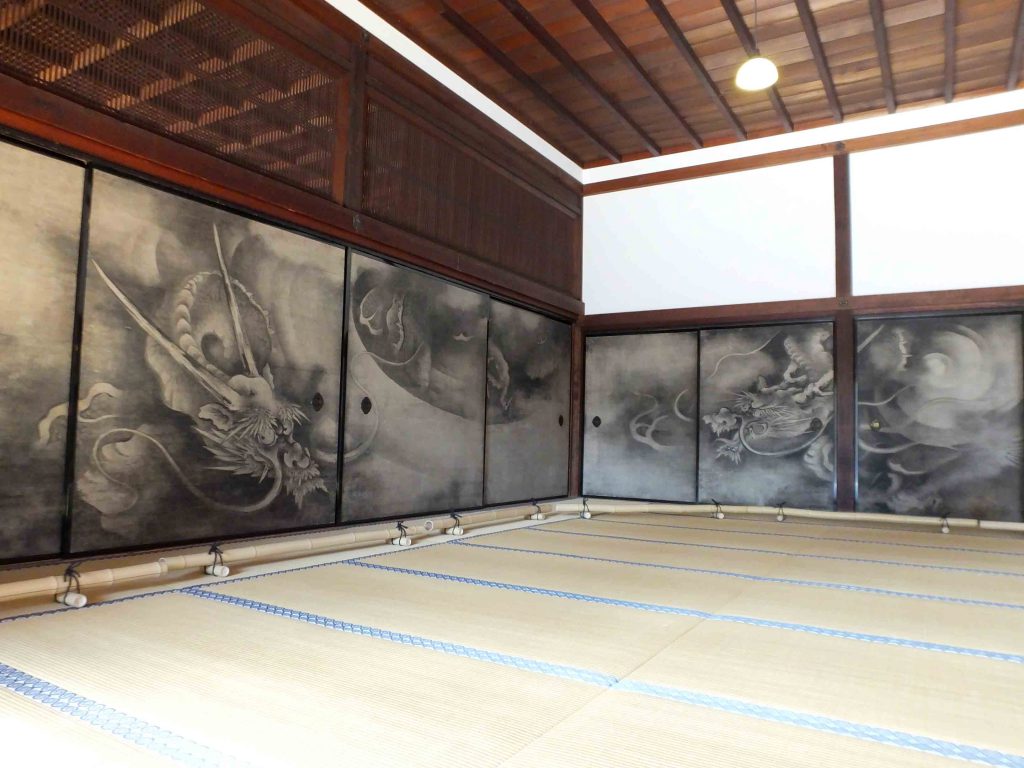
Also, Kennin-Ji Temple has Wind God and Thunder God Screens by Tawaraya Sotatsu. It is fairly popular, so you may have seen it. Again, the original one is in Kyoto National Museum. However, it was pretty beautiful!
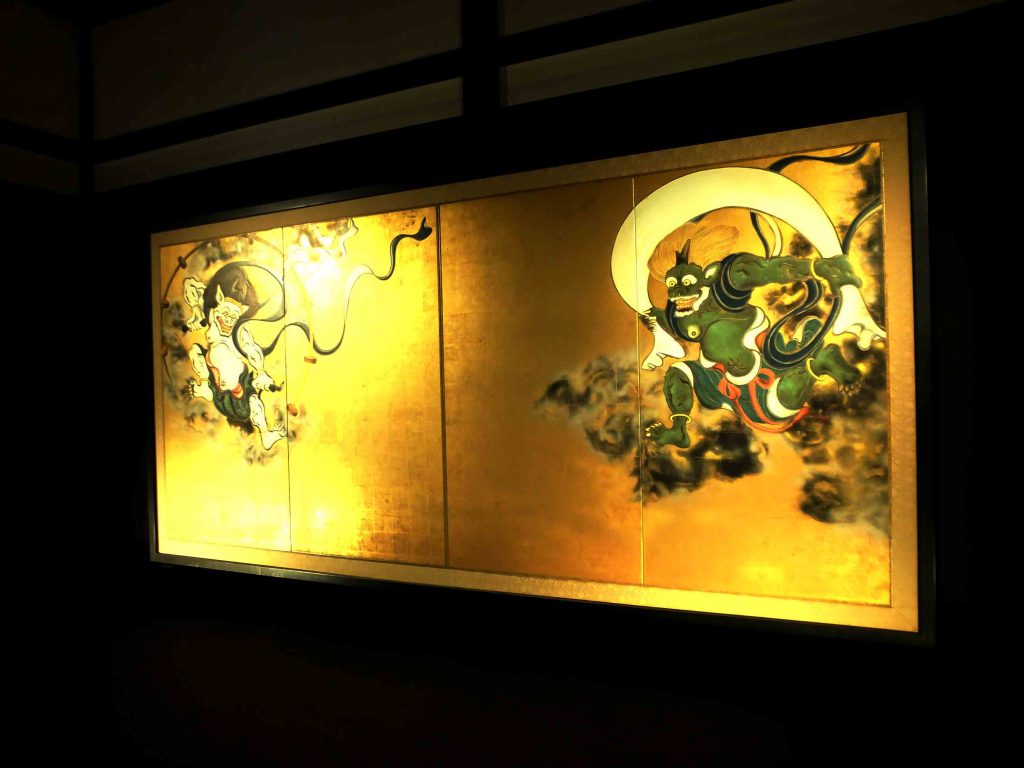
Twin Dragons at the Hatto
This is the hatto (Dharma hall) where a priest gives a lecture. It was built in 1765. You can go there via the hojo.
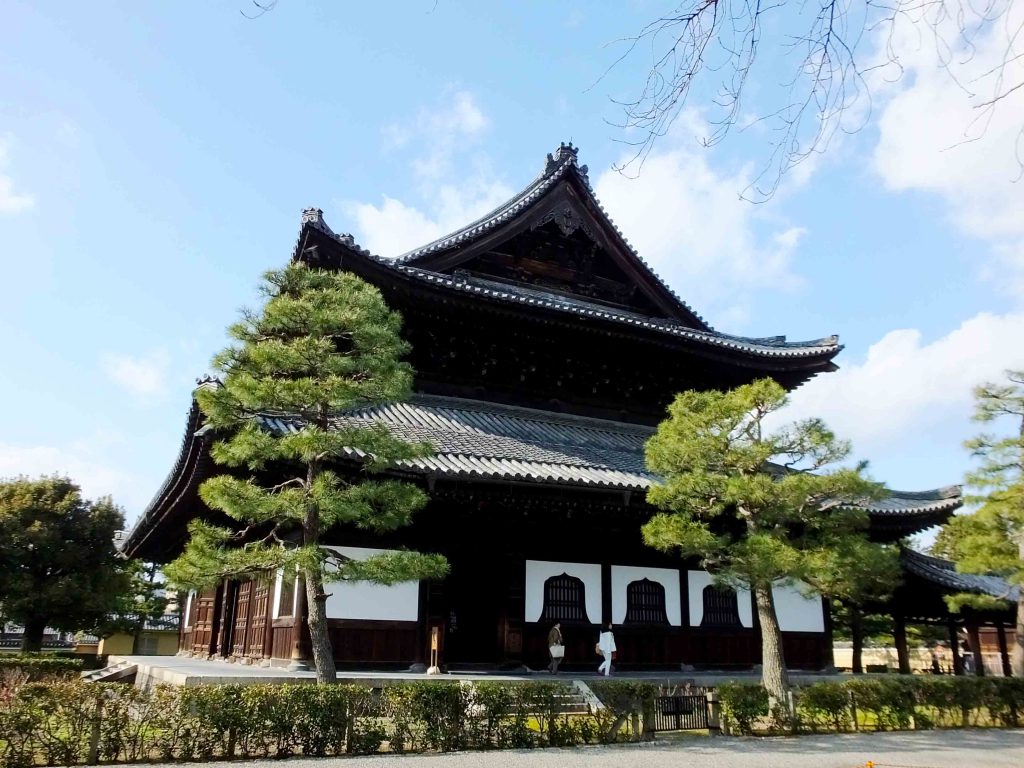
On the ceiling of the hatto, you can see a famous painting, Twin Dragons by Koizumi Junsaku. It is 11.4m by 15.7m. It took 2 years to complete this huge painting, and it was installed in 2002 to commemorate the 800th anniversary of the founding of Kennin-ji Temple. It can be said that Twin Dragons is the new highlight of the temple.

Kennin-Ji Temple is located south of the Gion District where you may see maiko and geiko if you are lucky. It is fun to go there to try your luck. Even if you can’t see any maiko or geiko, you will find wonderful things in the temple. It is worth going there!
【Kennin-ji Temple】
584 Yamatooji Shijo-sagaru Komatsu-cho, Higashiyama-ku, Kyoto City, Kyoto
Tel: +81 75-561-6363
URL: http://www.kenninji.jp/english/index.html
Mar.―Oct. 10:00 a.m.―4:30 p.m. (The gate is closed at 5:00 p.m.)
Nov.―Feb. 10:00 a.m.―4:30 p.m. (The gate is closed at 4:30 p.m.)
Closed: 12/28―12/31
Admission fee: 500 yen

